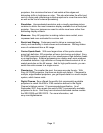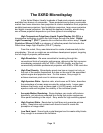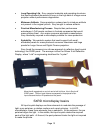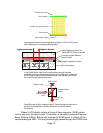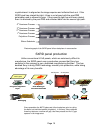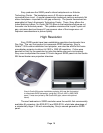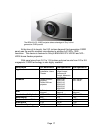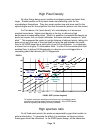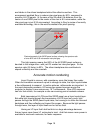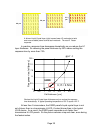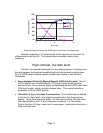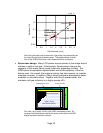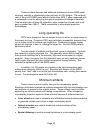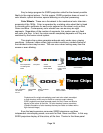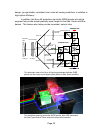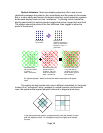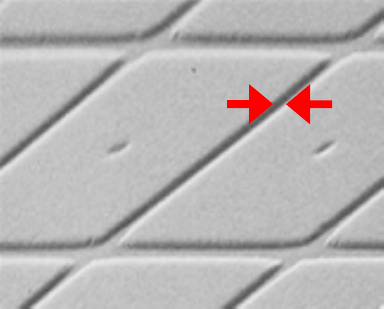
Page 19
are hidden in the silicon backplane behind the reflective surface. This
arrangement enabled Sony to reduce inter-pixel gaps by 90%, compared to
previous H-LCD panels. In the case of the 4K panel, the distance from the
center of one SXRD pixel to the center of the next is 8.5 micrometers, while the
inter-pixel gap is just 0.35 micrometers! According to Sony's review of currently
available technology, this is the world's smallest inter-pixel spacing.
Photomicrograph of the SXRD panel surface, showing the aperture ratio
of over 92% and 0.35 micrometer inter-pixel gap.
This tight spacing means that 92% of the 4K SXRD panel surface is
devoted to live image area—with just 8% wasted on inter-pixel gaps. So the
aperture ratio (fill factor) is 92%. The silicon backplane also contributes to
superb uniformity and low crosstalk.
Accurate motion rendering
Liquid Crystal is viscous, with consistency more like honey than water.
When the transistors command a pixel to change its state, the liquid crystal takes
a few milliseconds to respond. In motion pictures, milliseconds are important. In
the most demanding scenario, 60 frames-per-second sources require the
projector to display a new scene every 16.7 milliseconds. Slow LCD response
can blur fast motion, for example a race car zooming past a trackside camera.
Both transmissive H-LCDs and the SXRD panel use a liquid crystal layer.
But while light travels through the transmissive H-LCD liquid only once, light
passes through the SXRD panel liquid twice, first coming in to strike the mirrored
backplane and then reflecting out toward the screen. Because the light passes
through twice, the layer of liquid itself can be half as thick.
Having an LC layer that's half as thick is a huge advantage because
thinner layers mean fewer LC molecules to twist. And that means more power is
available to twist each molecule, for faster response.
0.35
μ
m



